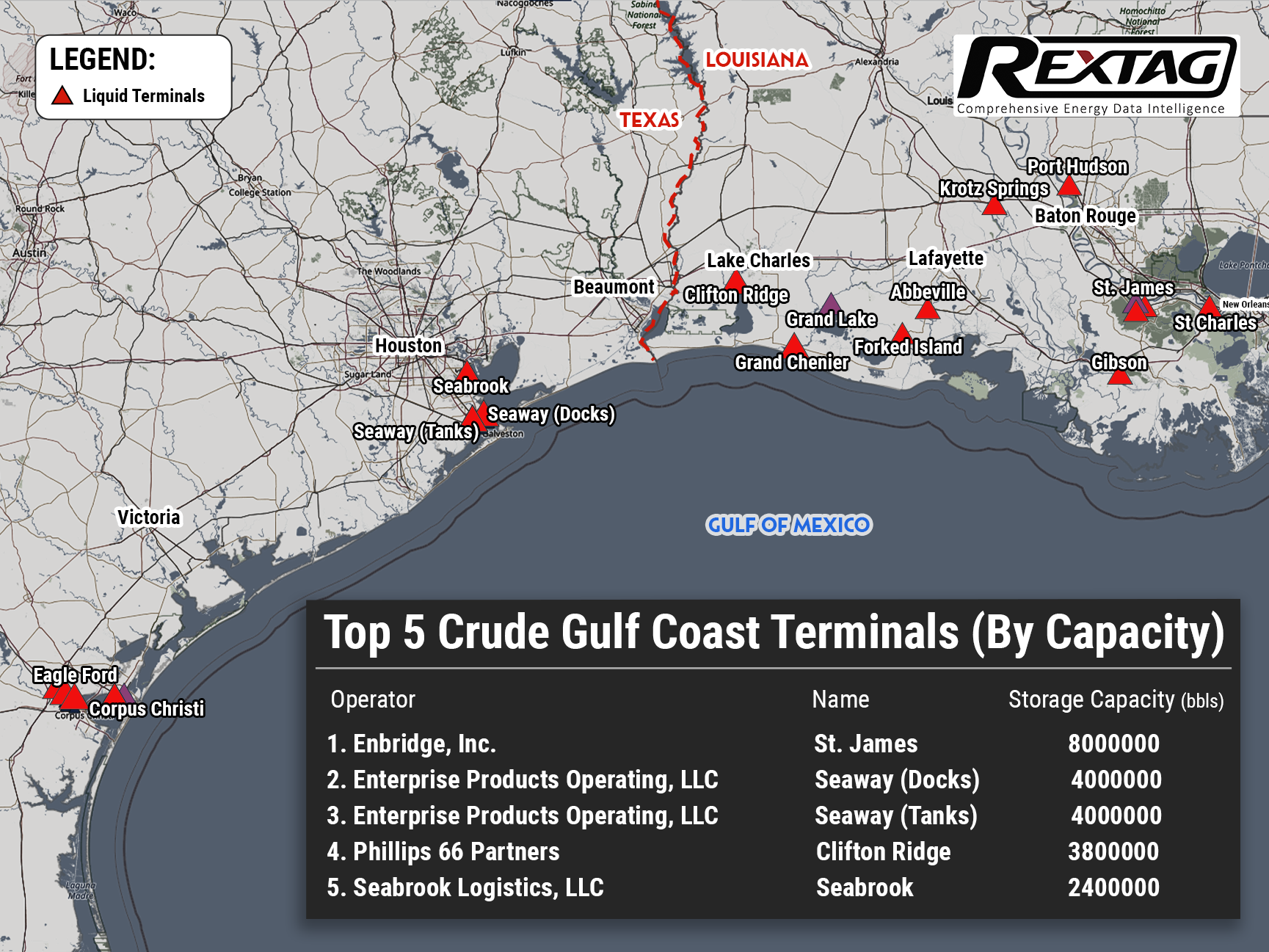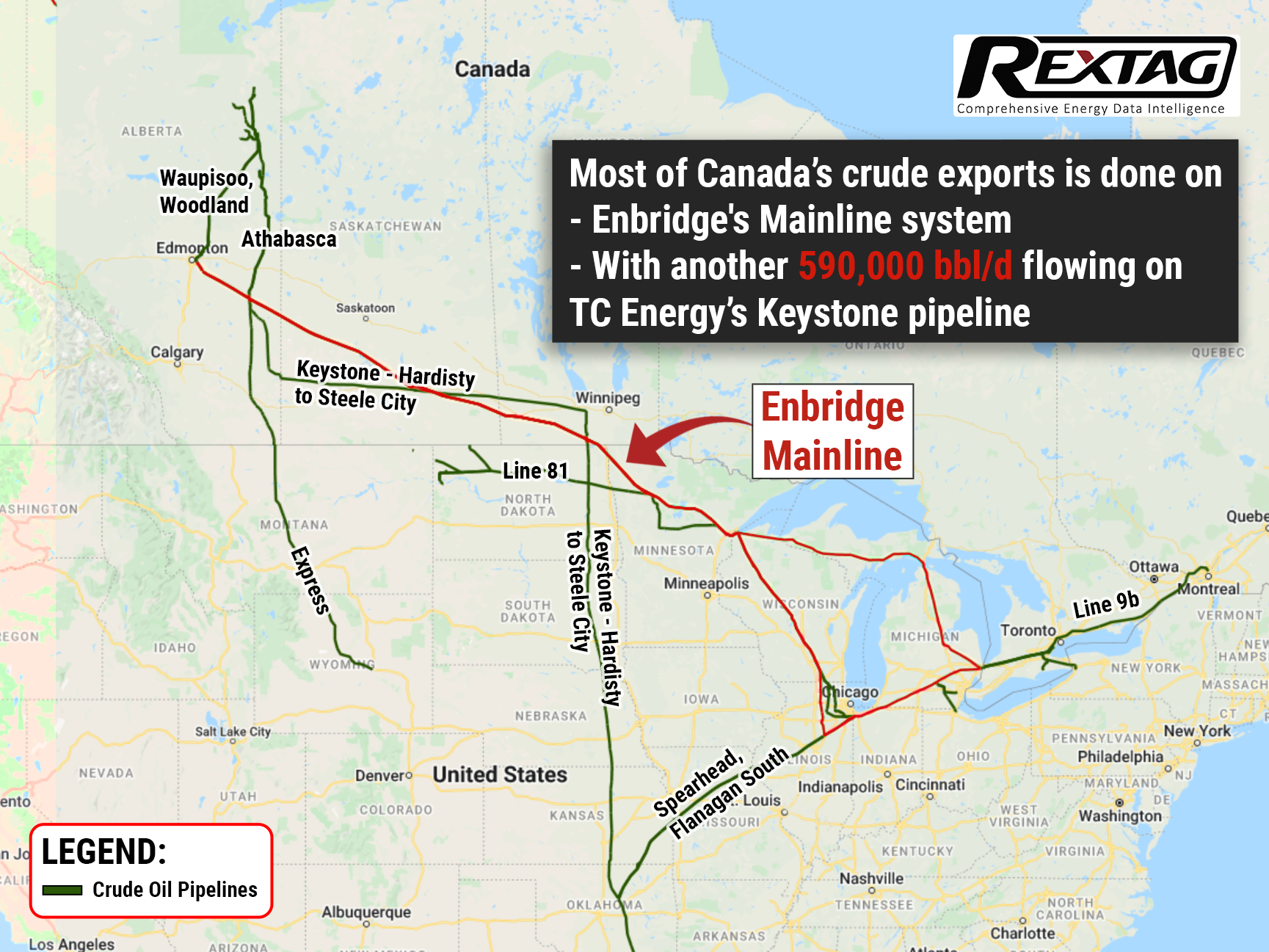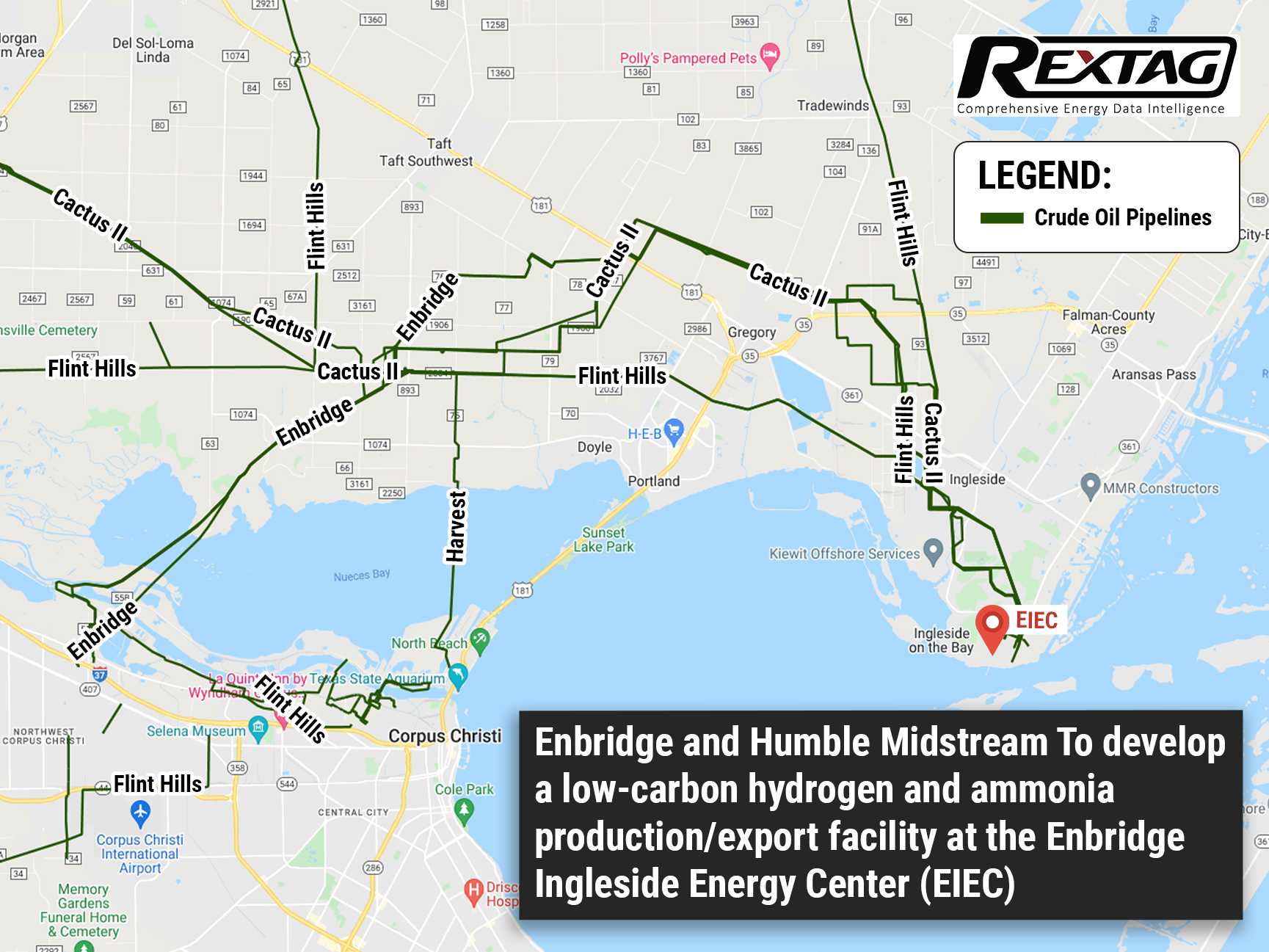Blog
Since days when shale oil and gas technologies were discovered, the U.S. energy industry has been evolving more rapidly than ever before. Many changes are amazing especially when you put them on an industry map. At Rextag not only do we keep you aware of major projects such as pipelines or LNG terminals placed in service. Even less significant news are still important to us, be it new wells drilled or processing plants put to regular maintenance.
Daily improvements often come unnoticed but you can still follow these together with us. Our main input is to “clip it” to the related map: map of crude oil refineries or that of natural gas compressor stations. Where do you get and follow your important industry news? Maybe you are subscribed to your favorite social media feeds or industry journals. Whatever your choice is, you are looking for the story. What happened? Who made it happen? WHY does this matter? (Remember, it is all about ‘What’s in It For Me’ (WIIFM) principle).
How Rextag blog helps? Here we are concerned with looking at things both CLOSELY and FROM A DISTANCE.
"Looking closely" means reflecting where exactly the object is located.
"From a distance" means helping you see a broader picture.
New power plant added in North-East? See exactly what kind of transmission lines approach it and where do they go. Are there other power plants around? GIS data do not come as a mere dot on a map. We collect so many additional data attributes: operator and owner records, physical parameters and production data. Sometimes you will be lucky to grab some specific area maps we share on our blog. Often, there is data behind it as well. Who are top midstream operators in Permian this year? What mileage falls to the share or Kinder Morgan in the San-Juan basin? Do you know? Do you want to know?
All right, then let us see WHERE things happen. Read this blog, capture the energy infrastructure mapped and stay aware with Rextag data!
Growing Export of US Crude Oil Is Expected to Set Record This Quarter
On 27 June, the analysts at Kpler spread the word that the exports of crude oil from the U.S. Gulf Coast could break a record 3.3 MMbbl/d this quarter as Europe has regard to U.S. crude which can outweigh sanctioned Russian oil. Due to Washington's decision to release 180 MMbbl of oil from the nation's Strategic Petroleum Reserve, U.S. exports have increased in the last three months, as it has flooded the domestic market. Exports to Europe are anticipated averaging approximately 1.4 MMbbl/d this quarter, about 30% higher than the year-ago quarter, meanwhile, export to Asia is set to decrease to less than 1 MMbbl/d. Despite that the U.S. has lost about 1 MMbbl/d of refining capacity since 2020, it also boosted exports thanks to the government’s intervention to back crude supplies which has had consequences in growth in exports. Throughput via the Port of Corpus Christi has grown by more than 150,000 bbl/d and has become 1.86 MMbbl/d. Nevertheless, Port of Houston exports also have been increasing since the third quarter of last year, they remain below pre-pandemic levels.
Inconvenient Time for Canadian Crude: US Gulf Coast Is Glutted
Canadian heavy crude, being deeply discounted for several years due to a lack of pipelines, is eventually trading like a “North American” grade, moving in tandem with U.S. sour crudes sold on the GulfCoast thanks to Enbridge’s expansion of its 3 pipeline late last year. Meanwhile, the Gulf is full of sour crude over Washington’s largest-ever release from the Strategic Petroleum Reserve (SPR) that will amount to 180 MMbbl during six months, trying to tame exorbitant fuel prices after the Russian invasion of Ukraine. The market is flooded with millions of barrels of sour crude from storage caverns in Louisiana and Texas. At the world’s biggest heavy crude refining center, U.S. Gulf Coast, heavy grades like Mars and Poseidon are languishing. According to U.S. Energy Information Administration (EIA) data, Canada exports around 4.3 MMbbl/d to the United States, whereas until last year demand to ship crude on export pipelines increased capacity, leaving barrels bottlenecked in Hardisty.
Crude Pipelines Infrastructure Developing at Enbridge Ingleside Energy Center
The joint project to improve and market a low-carbon hydrogen and ammonia production and export facility was presented on May, 6 by Enbridge Inc. and Humble Midstream LLC. Deployment of the facility is taken under the Enbridge Ingleside Energy Center (EIEC) basis close by Corpus Christi. Being the premier export facility on the U.S. Gulf Coast, the EIEC plays a vital role in world energy security and sustainability. Companies plan to develop a utility-scale efficiently low carbon production facility, able to combine both low-carbon hydrogen and ammonia to meet the growing global and domestic demand. It is expected to sequester up to 95% of CO2 generated in the production process in carbon capture facilities, especially ones owned and operated by Enbridge which makes this process a fully integrated low-carbon solution.


